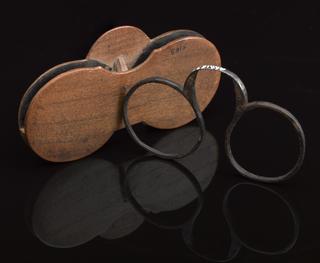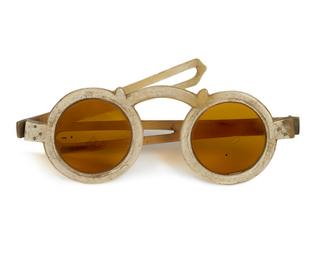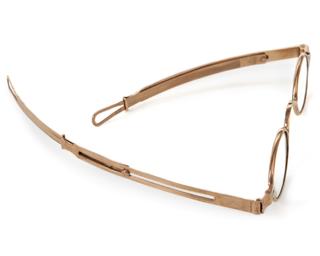








Very early ophthalmoscope, mid 19th century, French, by Luer
Herman von Helmholtz (1821-1894) invented the ophthalmoscope in 1851. It became the key instrument for viewing the retina and other internal structures of the eye. This simple steel ophthalmoscope is a very early example. It was made by German instrument maker Hermann Wülfing Lüer, in Paris.
Early ophthalmoscopes used reflected sunlight from mirrors to view the inner eye. Modern examples use a built-in light source such as a halogen bulb. They assess the inner eye and help diagnose complaints such as glaucoma. Glaucoma is increased pressure within the eyeball, leading to loss of sight.
Details
- Category:
- Ophthalmology
- Collection:
- Sir Henry Wellcome's Museum Collection
- Object Number:
- A600066
- Materials:
- steel (metal)
- Measurements:
-
overall: 4 mm x 72 mm x 40 mm, 40 mm, .038 kg
- type:
- ophthalmoscope




